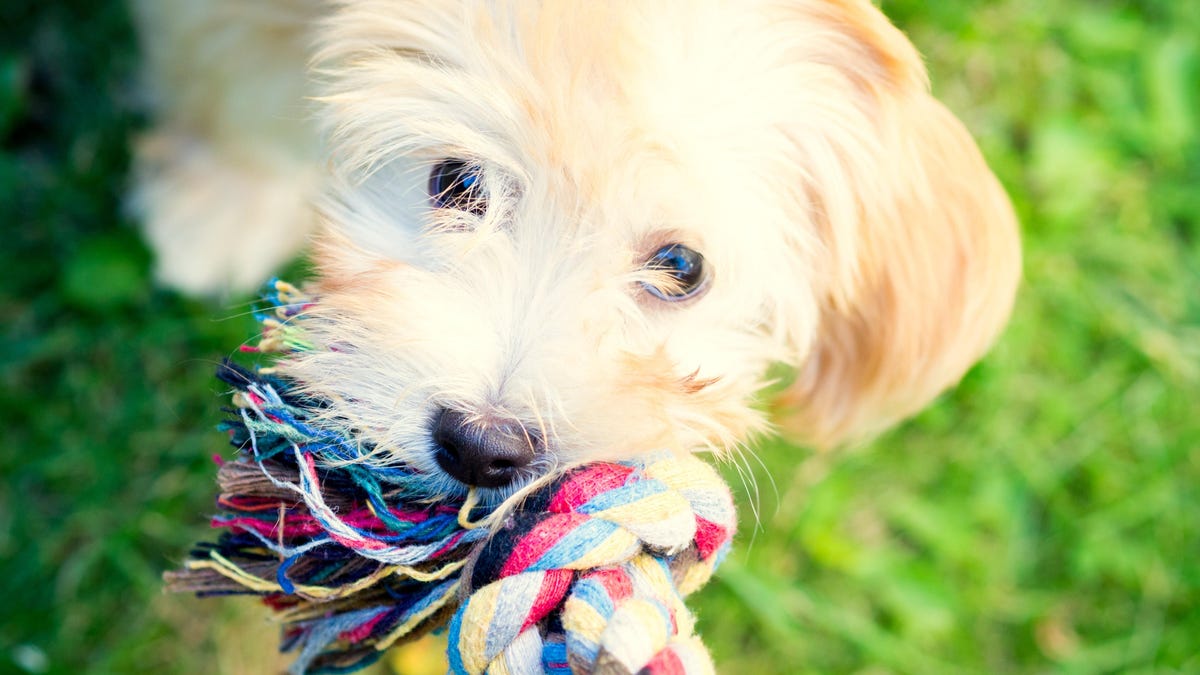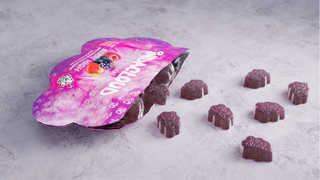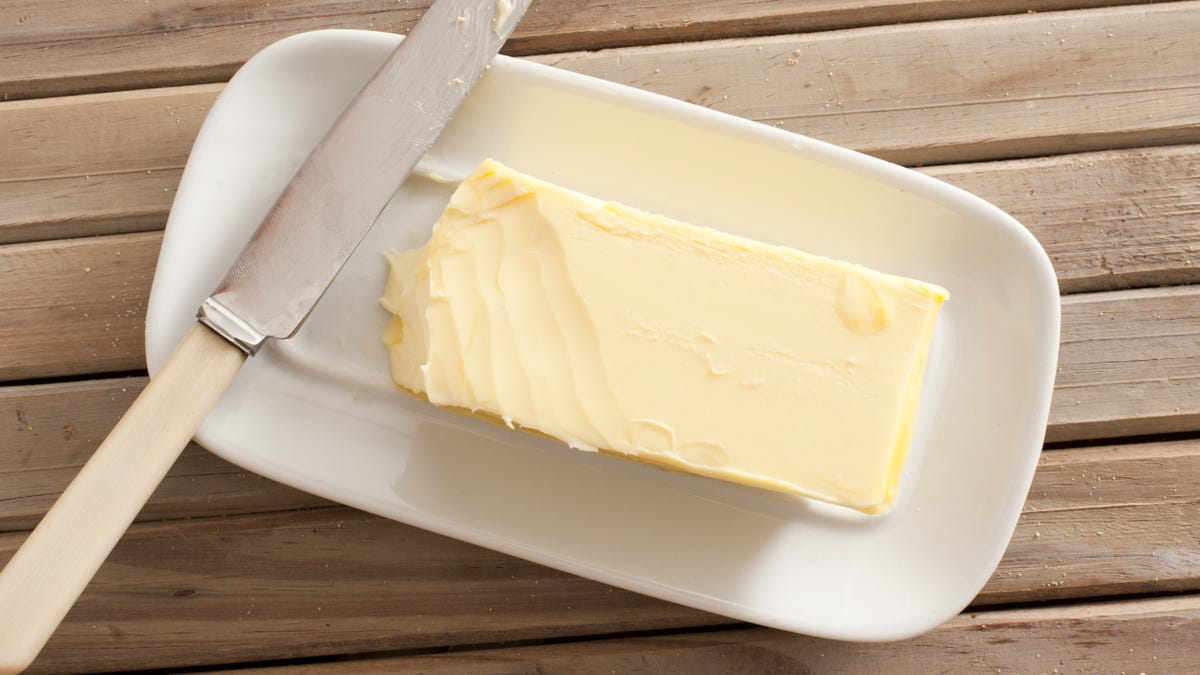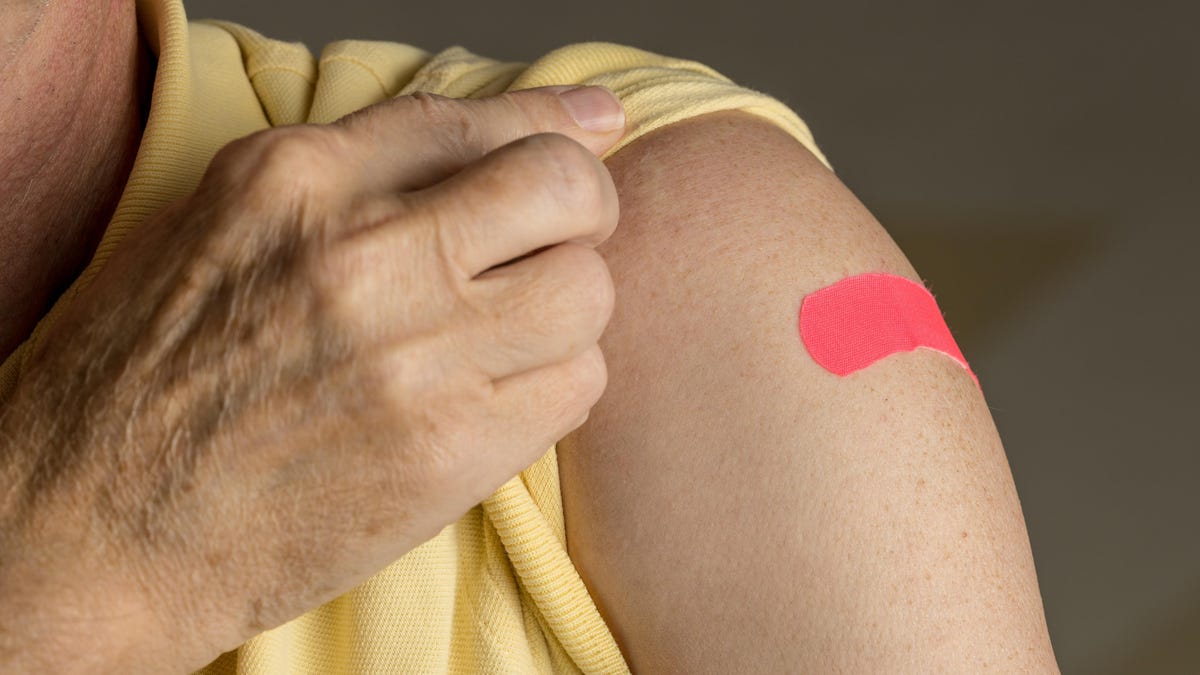Hypoallergenic Dogs Don't Exist, But These Breeds Are the Most Allergy-Friendly
For the approximately 15 to 30 percent of Americans allergic to cats or dogs, getting a furry friend can be tricky. And while you’re twice as likely to be allergic to cats than dogs, generally speaking, allergic reactions to...


Photo: Tamara80 (Shutterstock)
For the approximately 15 to 30 percent of Americans allergic to cats or dogs, getting a furry friend can be tricky. And while you’re twice as likely to be allergic to cats than dogs, generally speaking, allergic reactions to dogs tend to be worse.
If you’re someone with allergies who has, at some point, contemplated getting a dog and made the mistake of mentioning it to people, you were likely told (repeatedly) about hypoallergenic dogs. Or, maybe you heard about them back in 2008, when the Obama family opted to get a Portuguese water dog as their White House pet because of Malia’s allergies.
Either way, you should know that hypoallergenic dogs don’t exist. Having said that, some breeds are less likely to activate a person’s allergies than others. Here’s what to know.
What makes a dog ‘hypoallergenic’?
Labeling certain dog breeds as “hypoallergenic” is a relatively recent phenomenon, according to the American Kennel Club (AKC), and as their popularity increased, so did the myths and misunderstandings about what the label actually means.
“Somewhere along the line, the fact that a dog didn’t shed became synonymous with the word hypoallergenic,” says Dr. Tania Elliott, an allergist and spokesperson for the American College of Allergy, Asthma and Immunology. “While some people can be allergic to dog hair, others may be allergic to the dander (skin cells) and even their saliva.”
In fact, according to AKC Chief Veterinary Officer Dr. Jerry Klein, most people with dog allergies aren’t having reactions to the fur itself, but rather, dogs’ dander, and certain proteins found in their urine, feces, and saliva (which often end up in their dander).
Because fur carries dander and shedding spreads it, breeds with little or no hair were labeled “hypoallergenic.” But that doesn’t take into consideration the other ways dander and proteins can spread. For example, the proteins can become airborne when a dog licks itself while grooming. Also, your dog can transfer its dander and proteins to you directly when you pet it, or it licks you, Klein notes.
Knowing this, it makes sense that two studies published in 2011 and 2012 found the same levels of the primary dog allergen (Canis familiaris) in all households with dogs—regardless of whether or not the breeds were classified as “hypoallergenic.”
The best dog breeds for people with allergies
So, as we discussed above, while “hypoallergenic” dogs don’t exist, those with a decent amount of fur—especially ones that shed a lot—have an additional way of transferring their dander and proteins to you. Taking all of that into consideration, these are the breeds the AKC recommends for people with allergies:
Afghan HoundAmerican Hairless TerrierBedlington TerrierBichon FriseChinese CrestedCoton de TulearGiant SchnauzerIrish Water SpanielKerry Blue TerrierLagotto RomagnoloMalteseMiniature SchnauzerPeruvian Inca OrchidPoodlePortuguese Water DogSoft Coated Wheaten TerrierSpanish Water DogStandard SchnauzerXoloitzcuintliLastly, the AKC notes that different breeds have different types (and levels) of allergens, so even if you had an allergic reaction to one “hypoallergenic” dog, it doesn’t necessarily mean they’ll all be problematic for you.
Before deciding on a particular breed, the organization recommends spending 15 to 20 minutes with that type of dog, and paying attention to any allergy symptoms you develop during that time. Then, test drive other breeds to determine which is the easiest on your allergies.

 Koichiko
Koichiko 

































